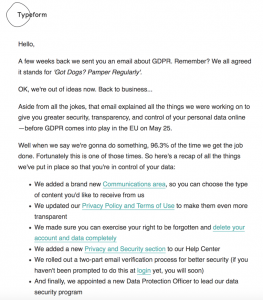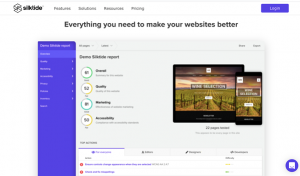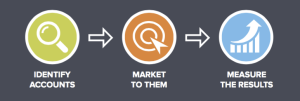![How to Improve Your AdWords Quality Score [Infographic]](http://cdn.business2community.com/wp-content/uploads/2015/02/7EfiOEhG_820x326.png.png)
As a PPC marketer, Google’s Quality Score is a metric you love to hate. Think about it. Having a strong quality score (the average score is 5) not only defines the quality of your ad, but impacts so many other parts of your campaign. A higher quality score can get you:
- Higher ad positions
- Lower cost per clicks
- Higher impression share
- Lower cost per conversion
Using AdWords correctly, along with optimizing your keywords, is key to a successful campaign. But understanding Quality Score can be a bit daunting.
This infographic from Digital Net Agency is a great reminder of the Quality Score ins and outs. The score looks at both keywords and ads, using them to determine the most relevant ads for the customer’s search. These tips will not only help you up your score, but help you reach the searchers you want.
So how do you go about getting a good Quality Score? Here are some of the basics:
Quality Scores Determine:
- Your placement within the page. Are you in a good position?
- Whether your ads will appear in the “shaded” location above the organic listings.
- If your ad will have sitelinks.
- If dynamic keyword insertion works for you.
- If you appear on specific display network sites, and your position on those sites.
Quality Scores Are Determined By:
- Click-throughs: How often was your ad clicked, compared to how often it was shown? Where do you rank among the competition, and how often is your display URL clicked?
- Landing pages: Is it relevant, targeted, and easy for visitors to navigate? For example, if you’re selling men’s shoes, Google expects to see men’s shoes on your landing page.
- Keyword relevance: The relevancy of your keywords to searches and keywords to ads are both scored. If you’re bidding on the keyword “men’s shoes,” does it appear in your ad copy?
- Performance: What is the success of your campaigns on targeted sites? Are your ads successful in specific regions?
- Targeting: Different devices bring different results. How successful are each of these platforms to your overall campaign?
- Account history: Google does look at your account’s cumulative ad and keyword CTR. The better your history, the more you’ve proved your worth.
Keyword Tips:
- Review your keyword choices. Two or three words are usually the most effective. The more relevant and direct, the better.
- Group similar keywords together, based on products, services, or other categories. Then you can create specific ads for each grouping.
- Use the right number of keywords. Five to 20 per ad group is best.
Know Your Target Audience:
- What would cause someone to sit down and search for this keyword?
- What are some concerns they’re likely to have?
- What are other advertisers telling them? How can I stand out?
- What separates me from my competitors?
Improve Your Landing Pages:
- They should reflect the copy and keywords in your ad, while providing more information.
- Clearly state what makes you unique.
- Make sure relevant info, including contact information, is easy to find.
- Be open and clear about your business’ information, and directly say what you do.
- Distinguish ads (sponsored links) from all other site content.
- Add testimonials from real people who have used your product or service.
(340)









